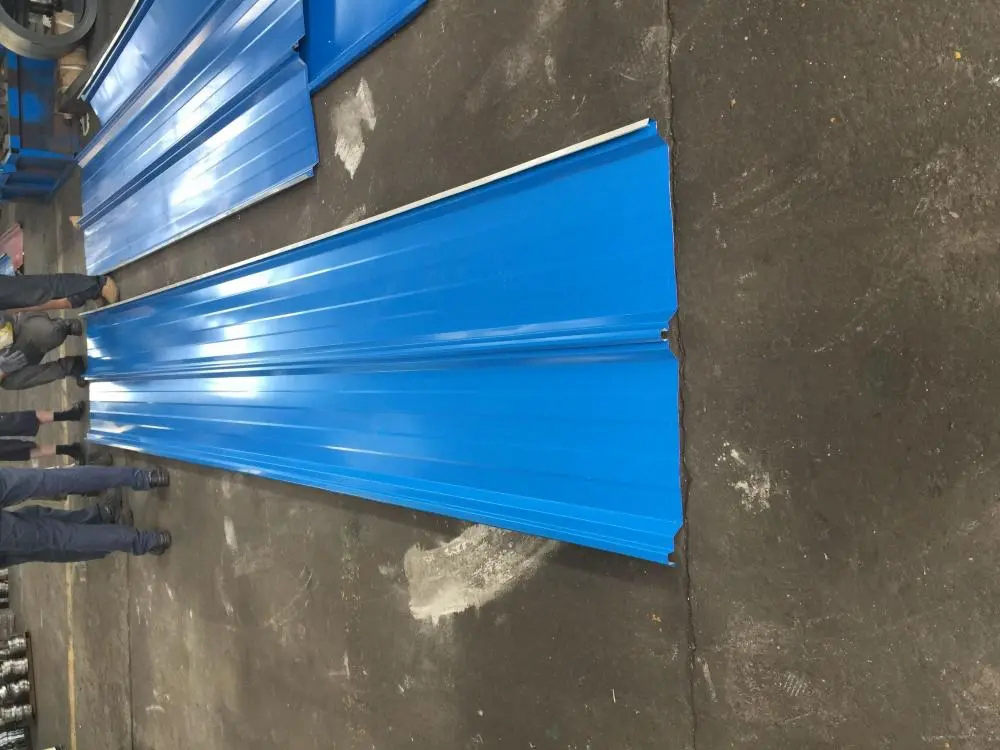
Simple Debugging of Right Channel Roll Forming Machine
The right channel roll forming machine is an essential piece of equipment in the metal fabrication industry, particularly for producing structural components used in various applications, from construction to automotive manufacturing. While these machines are designed for efficiency and precision, they can sometimes encounter issues that require debugging. Simple debugging techniques can help ensure that the machine continues to operate smoothly and produces high-quality outputs. This article explores some common problems and their solutions.
Understanding the Basics
Before diving into debugging, it is vital to understand the components and workings of a right channel roll forming machine. Generally, this machine consists of a series of rollers that shape metal strips into desired profiles as they pass through. The process involves feeding a flat strip of metal into the machine, which gradually transforms it into a channel shape by passing it through multiple stages of rollers.
Common Issues and Troubleshooting Tips
1. Misalignment of Rollers Over time, the rollers can become misaligned due to wear and tear or improper maintenance. This misalignment can lead to uneven channel shapes or defective products. To realign the rollers, first, turn off the machine and disconnect the power supply. Then, use a level to check the alignment, making necessary adjustments to ensure all rollers are in line with each other. Regularly inspecting and adjusting roller alignment can prevent this issue from recurring.

2. Sheet Feeding Problems If the metal strip does not feed smoothly into the machine, it can lead to stoppages or jams. Inspect the feeding mechanism for any blockages or obstructions. Ensure the rollers are clean and free of debris. If the problem persists, check the tension of the feed rollers; they should grip the metal strip firmly but not overly so. Adjusting the tension can often solve feeding issues.
3. Inconsistent Profile Quality Variations in the quality of the produced channel, such as irregular shapes or surface imperfections, can often be traced back to roller wear or misconfiguration. Observing the output and comparing it to desired specifications is key. Regular maintenance, including the inspection of roller wear and replacing or resurfacing them as necessary, is essential for maintaining product quality.
4. Electrical Failures Electrical issues can lead to erratic machine behavior. Common problems include blown fuses or tripped circuit breakers. Regularly check the machine’s electrical components for any signs of damage or wear. It's advisable always to consult the machine’s manual for specific troubleshooting procedures related to electrical issues. Ensuring that all connections are secure can help prevent these problems.
5. Hydraulic System Issues Many roll forming machines utilize hydraulic systems for certain operations. If you notice drops in performance or leaks, inspect the hydraulic lines and connections. Low hydraulic fluid levels can lead to system failure, so maintaining proper fluid levels is crucial. If leaks are present, they should be addressed immediately to prevent further damage to the machine.
Conclusion
Simple debugging techniques can go a long way in maintaining the efficiency and productivity of a right channel roll forming machine. By being proactive in troubleshooting common issues such as misalignment, feeding problems, inconsistent profile quality, electrical failures, and hydraulic system issues, operators can ensure a smooth operation and high-quality outputs. Regular maintenance and inspections are key components of a successful strategy for keeping these machines running efficiently. With the right approach, operators can mitigate downtime and maximize the performance of their roll forming machines.